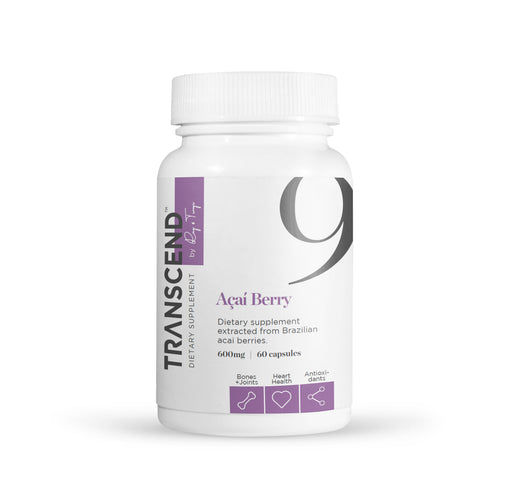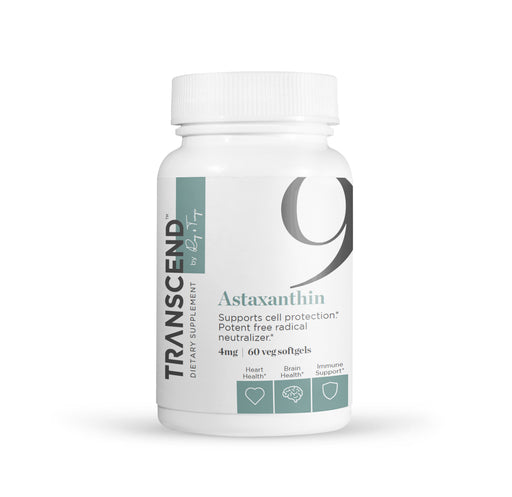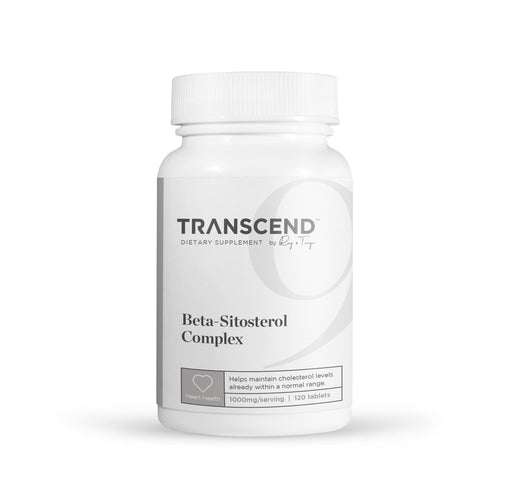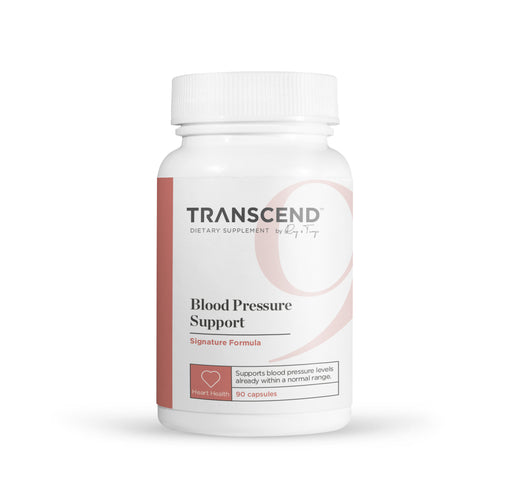
Acai Extract
Support with Increase blood antioxidant capacity Maintain proper cellular function Protect cardiovascular health The Acai Berry is a small deep ...
View full details
On January 7, 2022, doctors at the University of Maryland Medical Center performed the first successful transplant of a pig’s heart into a human. The recipient, a 57-year-old man, was not a candidate for a human heart and had exhausted all other treatments. The pig heart was his last option. The procedure was allowed under a one-off emergency use authorization by the Federal Drug Administration. One month later, the patient continues to recover with no signs of rejection. According to Muhammad Mohiuddin, Director of the Maryland University’s animal-to-human transplant program, “If this works, there will be an endless supply of these organs for patients who are suffering.
Approximately 107,000 people are waiting for organ transplants in the United States, with an acute shortage of organs available. An average of seventeen people die each day as they wait for an organ. This breakthrough could change that.
Why now? As medicine becomes information technology it is advancing at an exponential rate. According to Ray Kurzweil, for at least eighty years, the price performance of computation has doubled every year. This means technology is getting cheaper, faster, smaller, and more powerful at an exponential rate. We are now at the steep part of the curve, so radical breakthroughs like this are going to become commonplace by the 2030s. Ever since the human genome was decoded in 2001 every aspect of what we call biotechnology — understanding the genome, modeling it, simulating it, and, most importantly, reprograming it, has progressed exponentially. As a result, scientists can now edit genes, which is essential in reducing the chance of organ rejection.
In this particular case, scientists made ten genetic modifications to the pig heart, including knocking out or inactivating four of its original genes and adding six human genes into the genome of the donor pig to make the organ more tolerable to the human immune system. Additionally, the patient is being treated with an experimental compound called KPL-404 to reduce organ damage caused by his immune system.
The genetically modified pig heart was made possible by Revivicor, a subsidiary of United Therapeutics, a Maryland based biotechnology company at the forefront of xenotransplantation (the transplantation of organs from other species into humans). Their goal is to produce an unlimited supply of transplantable organs from animals, regenerative medicine, and 3D bioprinting technology.
Not long ago a pig-to-human heart transplant seemed unimaginable. Today, it is one of several groundbreaking projects that are underway including growing new organs from human stem cells and restoring failing organs to good health with regenerative medicine within the body. Meanwhile, artificial intelligence is predicting protein folding (one of the biggest scientific challenges that exists), emulating radiology, and finding vaccines in record time. These advancements in biotechnology are going to eventually lead us to the next revolution in medicine – nanotechnology.
According to Kurzweil's models, in the 2030s we will have nanorobots – intelligent robots the size of blood cells – that we will put inside of our blood streams to keep our bodies healthy at the cellular and molecular level. This is not as futuristic as it may sound. For years, Parkinson’s patients have been treated with a pea sized computer implanted in their bodies with a connection directly into their brains that allows them to download new software from outside of their bodies. There are also blood cell sized devices that can cure type I diabetes in animals and detect and destroy cancer cells in the bloodstream.
In two decades, we may not need organ transplants… or organs at all. In his forthcoming book, The Singularity Is Nearer, Ray writes, “With nanobots we will be able to augment and eventually replace all of our non-sensory organs, which ultimately function to keep our bodies strong and our brains healthy. Consider what these non-sensory organs do: they either place substances into the blood supply (or lymph system) or remove them. For example, the lungs put in oxygen and take out carbon dioxide. The kidneys take out toxins. The entire digestive tract puts nutrients into our blood supply… So, one task of the nanobots will be to monitor the supply of these vital substances and augment their levels as needed… Ultimately nanobots will be able to perform the functions that all of these organs currently do.”

Support with Increase blood antioxidant capacity Maintain proper cellular function Protect cardiovascular health The Acai Berry is a small deep ...
View full details
Healthy Eyes, Brain and Nervous System Potent carotenoid antioxidant Promotes healthy anti-inflammatory response Formulated with Zanthin® for eye...
View full details
Beta-Sitosterol Complex 1000 mg * (Plant phytosterols, including beta-sitosterol, campesterol, stigmasterol, brassicasterol, and sitostanol.) Main...
View full details
A Kurzweil + Grossman Formula Heart Health Maintain normal blood pressure Protect organ health Natural ingredients Blood pressure is composed of...
View full details
Leave a comment